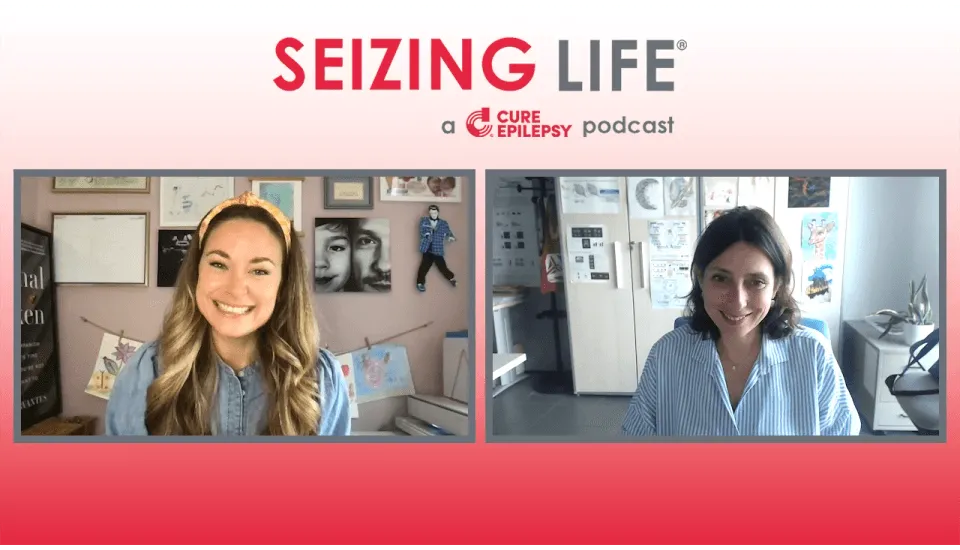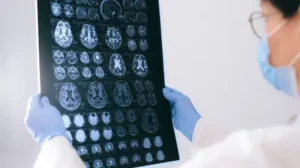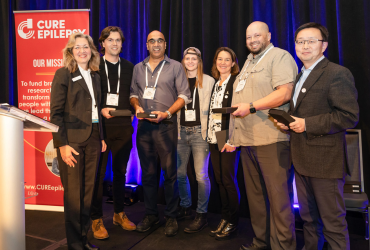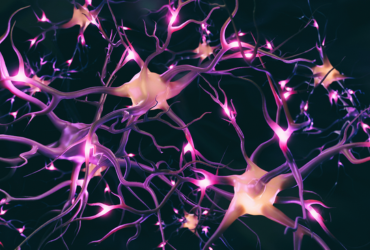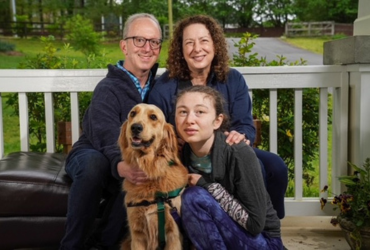KCNA1 Gene Plays Key Role in Sudden Unexpected Death in Epilepsy (SUDEP)
Building on studies performed with CURE Epilepsy funding, Dr. Edward Glasscock and colleagues recently demonstrated premature death in epilepsy in a mouse model lacking a specific gene called KCNA1 that makes a potassium channel and is important for neuronal activity. During monitoring, they captured one SUDEP event, a rare phenomenon and a unique opportunity to gain insights into the underlying biology of SUDEP. They observed a generalized tonic-clonic seizure that initiated respiratory dysfunction culminating in cardiorespiratory failure. In addition, they observed that cardiorespiratory abnormalities were common during non-fatal seizures but mostly absent during interictal periods, implying ictal, not interictal, cardiorespiratory impairment as a more reliable indicator of SUDEP risk.
uniQure Gene Therapy in Trials for Refractory Mesial Temporal Lobe Epilepsy
Nearly one-third of people experiencing focal onset seizures do not respond to currently available treatments and are left with limited therapeutic options. Temporal lobe epilepsy (TLE) is the most common form of focal epilepsy, with mesial TLE accounting for a majority of the cases. uniQure’s gene therapy candidate, AMT-260, has the potential to be a transformative, single administration treatment option for people with TLE. AMT-260 is designed to reduce the production of a particular receptor responsible for generating unwanted electric currents in the brain and causing seizures. CURE Epilepsy grantee Dr. Pavel Klein is a site lead for the current Phase I/IIa clinical trial, which is expected to be completed in 2031.
*Please note the print version of this report contains outdated information about the site leads and expected trial end date
Focused Ultrasound for Epilepsy Clinical Trial Begins in Australia
Focused ultrasound is a noninvasive therapeutic technology being tested across many disorders. The technology uses ultrasonic energy to modulate or remove tissue deep in the body without incisions or radiation. The fundamental principle is analogous to using a magnifying glass to focus beams of sunlight on a single point to burn a hole in a leaf. A device from NaviFUS uses real-time neuronavigation guidance to direct focused ultrasound energy precisely and noninvasively through the skull to select brain tissues without surgery. In a new trial in patients with drug-resistant epilepsy led by Dr. Terry O’Brien, up to 18 participants will undergo low-intensity focused ultrasound to generate neuromodulation effects to areas deep in the brain called the hippocampi that are associated with seizures. The goal is to decrease the number of seizures. In the US, CURE Epilepsy is funding Dr. Ellen Bubrick at Brigham and Women’s Hospital to explore the use of focused ultrasound in epilepsy in a different pilot clinical study.
Childhood Epilepsy Linked to Later Memory Disorders
CURE Epilepsy grantees Drs. Bruce Hermann and Matti Sillanpää’s work studying a unique patient cohort since the 1960s continues to provide learnings on the long-term outcomes of childhood epilepsy. Their team recently demonstrated that individuals who had childhood epilepsy have an increased accumulation of brain amyloid— abnormal protein deposits—later in life (around 60-65 years old), potentially predisposing them to late-onset brain amyloid disorders, such as Alzheimer’s disease.


